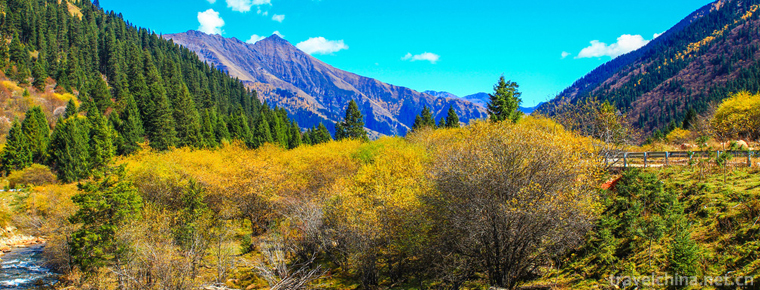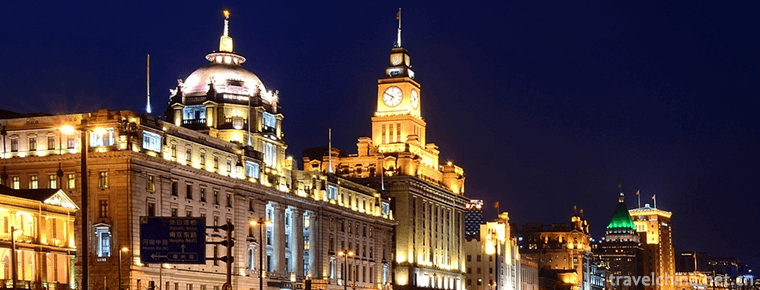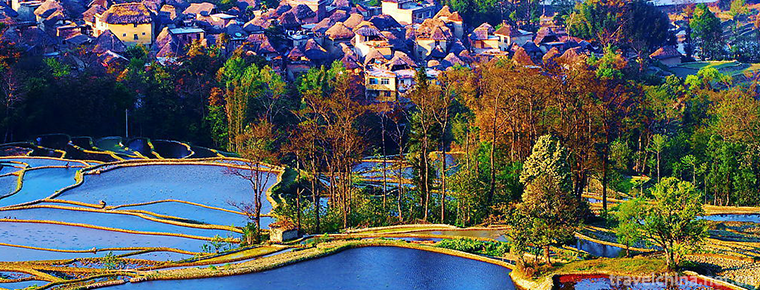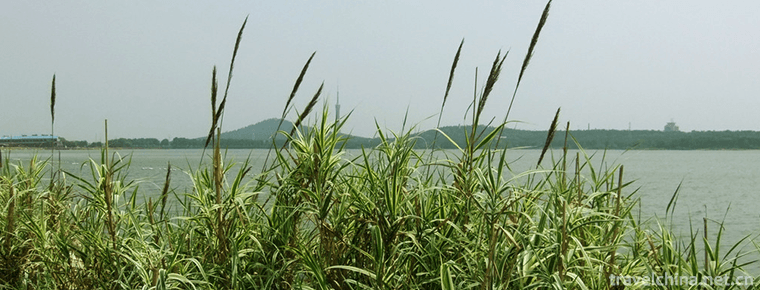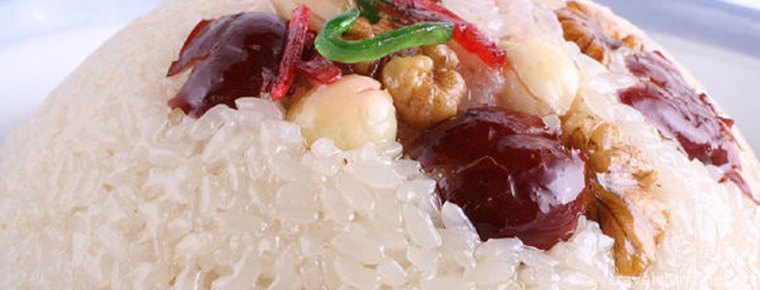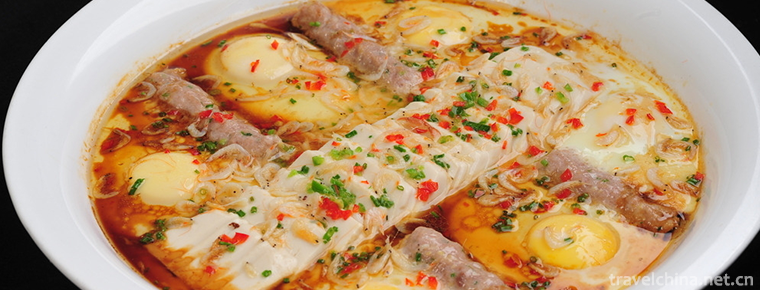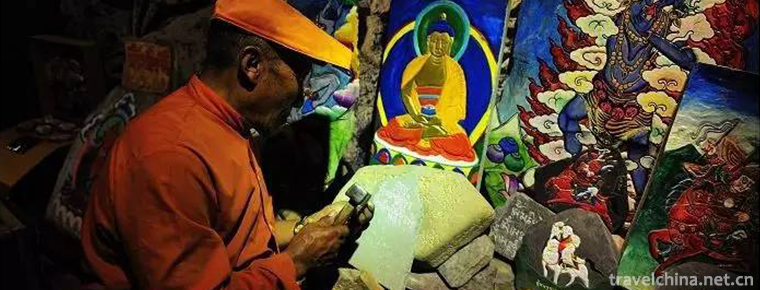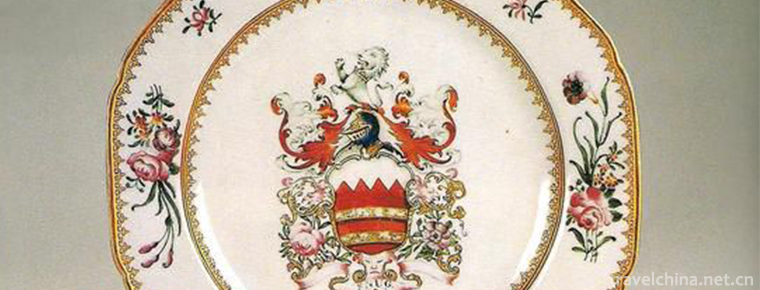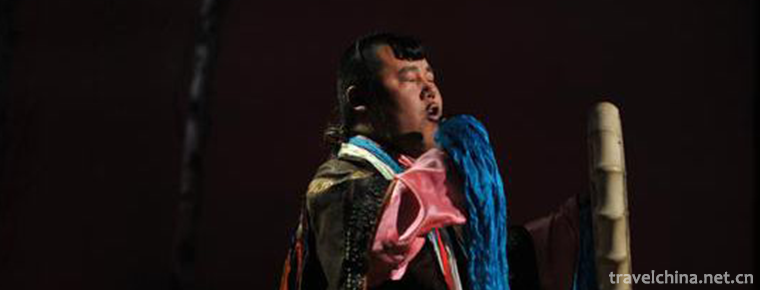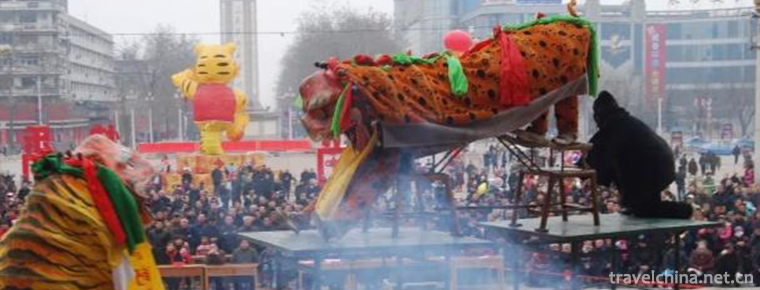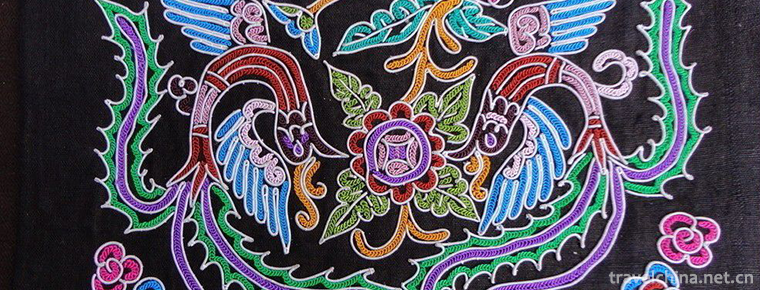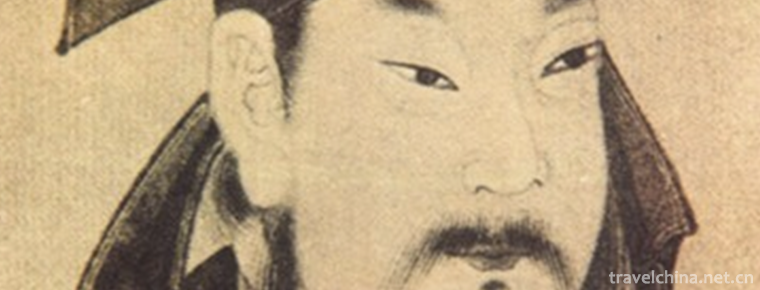Dongshan Cultural Garden
At the East Gate of Wu'an City, there is a beautiful landscape of lakes and mountains, with beautiful gardens scattered in pavilions and pavilions - Dongshan Cultural Park. It covers an area of more than 500 mu and is a high-grade cultural park integrating cultural tourism, vacation and leisure, catering and entertainment.
On January 4, 2017, Hebei Provincial Tourism Committee issued the "Notice on the Special Regulation Action of Tourist Scenic Spots above 4A Level in 2016", and Dongshan Cultural and Botanical Garden 4A Level Scenic Spot was warned, with a three-month time limit for rectification.
Detailed introduction
Cultural Park
Up to 15.6 meters of archway and up to 30 meters of wall-like monument corridor. It highlights the cultural theme and purpose of the whole park. There are two couplets on the front of the memorial archway: "Eight hundred miles Taihang stands on the top of the sky and looks at the West and the east, lying in the Zijin North Jiayunling South Tiegufeng Coalfield, surrounded by iron limestone basalt, fruit, nine wild grain and cotton, all things Baotianhua are in the arms of mountains and rivers; seventy thousand years of literature and history have a long history of thinking about Zhao's unique strategy of building an ancient city in the Ming Dynasty after the Sui Dynasty and the Song Dynasty. In the male picture. It covers Wu'an's mountains and rivers as well as seven thousand years of human history. The stele gallery is composed of 70 pieces of bluestone carved with a height of 2 meters and a width of 0.7 meters. The book "A Brief History of Wu'an" records the major historical events that took place in the history of Wu'an. Wu'an Sanjun Square was named Wu'an Jun Square by three famous historical figures, Su Qin, Li Mu and Bai Qi, during the Warring States Period. Xiufeng Mountain, whose name comes from the memory of Yang Xiufeng, the former chairman of the Shanxi-Hebei-Shandong-Henan Border Region Government. The central exhibition area of the park consists of a museum of literature and history, a museum of revolutionary history and a community of virtuous people. Wu'an Museum of Literature and History is a traditional residential building imitating Wu'an. It has exhibition rooms such as ancient history, drama art, legends, Taoist culture, Buddhist culture, old photographs of Wu'an. It highlights Wu'an's profound humanistic history, excellent art, traditional religious culture and rich folk culture and art. The exhibition hall of revolutionary history aims to highlight the characteristics of the old Wu'an area and to show the revolutionary struggle history of the Central Bureau and military area of Shanxi-Hebei-Shandong-Henan, the government of Shanxi-Hebei-Shandong-Henan border area, and the older revolutionaries Liu Bocheng, Deng Xiaoping, Bo Yibo and Yang Xiufeng in Wu'an.
Geological Park
It covers an area of 15 mu and shows visitors 29 kinds of metal and non-metal mineral resources in the form of bonsai.
Botanical Garden
The garden contains more than 150 rare tree species from all parts of Wu'an, including lacquer tree, pinch tree, big fruit elm (square tree), six trees, ghost willow, peer knot and so on.
Amusement park
Covering an area of 40 mu, there are 9 kinds of large and medium-sized facilities for traveling east, such as torrents, collisions, octopuses, pirate ships, etc.
Style and Culture Zone
Covering an area of 12 mu, it has ancient stage, indoor performing hall, outdoor dance floor, etc. It can hold various forms of cultural and entertainment activities.
Water amusement park
It covers an area of 45 mu. Water pavilions are built along the shore. There are Lake islands, cruise ships, wharfs and various water recreation facilities on the water surface.
Reception service area
The total investment is 15 million yuan, including garden-style three-star conference reception center, dining garden, tourist and cultural souvenir store and flower, bird, fish and pet market.
Cultural connotations
Dongshan Cultural Park takes the opportunity of promoting local characteristic culture and blending rich Wu'an culture into beautiful gardens. It has profound connotation and scenic blending. It can be called the first garden of East Taihang.
Lianhua Cave
The Lianhua Cave in Wu'an City, located in Jingyu Village, Wu'an City, East Taihang Mountains, has developed about 300 meters of water and drought cave, which has formed stalactites, pillars, stalagmites, stone flowers, mantles and stone waterfalls for hundreds of millions of years. The peculiar rock-bearing model is rare in China.
Ding Jin rock
East Taihang Mountain, 35 kilometers northwest of Wu'an City, the boundary between Jin and Zhao during the Warring States Period, Dingjin Rock, steep rock, magnificent growth, rock height of more than 100 meters, 300 meters long, the main rock into more than 30 meters deep, half of the hillside under the rock, there is an ancient temple, the famous Zen fruit temple, built in the early three years of the Northern and Southern Dynasties, has a history of more than 1,400 years, the original building of the Great Buddha Hall, Tibetan Hall, Bodhisattva Hall, Zen Peng and so on. Existing buildings such as Sanfodian, Santou Six-arm Buddha, Longchi Buddha, Oolong Bridge and Tallinn in Ming Dynasty belong to provincial cultural protection units. There are also historical stories such as "Thick Tree, Happy Birth of a Child", "Tiger Mother, Raising Grandfather", "Longchiyong Stele", "Longtan Tiger Cave", "Mandarin Duck Valley" and so on. The natural landscape and the humanistic landscape are unique.
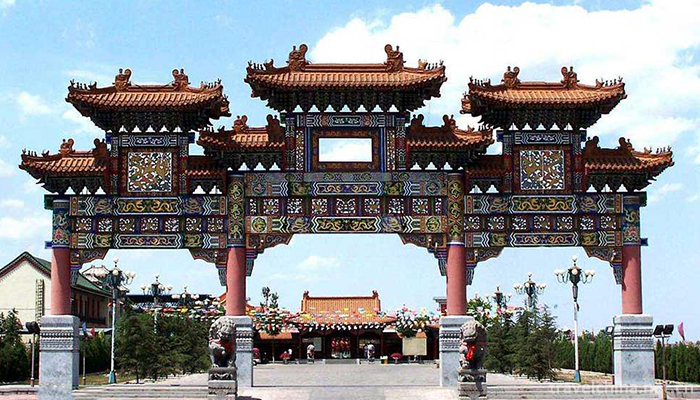
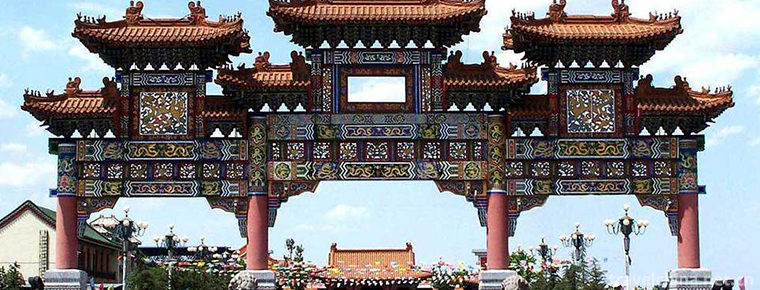
Dongshan Cultural Garden
-
Aba Tibetan and Qiang Autonomous Prefecture
abbreviated as Aba Prefecture, is a national autonomous prefecture in Sichuan Province
Views: 355 Time 2018-10-13 -
Peace Hotel Shanghai
Peace Hotel is a landmark building in Shanghai. Located at No. 20 East Nanjing Road, Huangpu District, Shanghai, it is the first modern building in the history of modern architecture in Shanghai
Views: 404 Time 2018-12-16 -
Hani terrace Yuanyang terrace
Yuanyang Terrace, located in the south of Ailaoshan Mountain in Yuanyang County, Yunnan Province, is a masterpiece left by the Hani people from generation to generation. Yuanyang terrace is the core a
Views: 190 Time 2019-01-13 -
Longzi Lake Scenic Area
Longzihu Scenic Area, located in Longzihu District of Bengbu City, Anhui Province, is a national AAAA-level tourist attraction, a national ecological demonstration area and a provincial-level scenic s
Views: 177 Time 2019-02-06 -
Eight treasures sweet rice
Babao sweet rice, also known as Babao rice, is a traditional snack with glutinous rice as its main ingredient. With jujube, lotus seed, Baitai, white fruit, longan meat, green red silk and so on
Views: 233 Time 2019-03-26 -
Bagongshan bean curd
Bagongshan Tofu, also known as Four Seasons Tofu, is a local traditional snack in Huainan City, Anhui Province. Bagongshan tofu is crystal clear, white like jade board, tender like congealed fat, deli
Views: 175 Time 2019-03-27 -
Tibetan Gesar Painted Stone Carvings
Tibetan Gesar painted stone carvings belong to a relic of Chinese Tibetan Gesar culture. They are mainly distributed in Seda, Shiqu and Danba counties in Ganzi Tibetan
Views: 138 Time 2019-04-06 -
Firing Techniques of Guangcai Porcelain
Guangcai Porcelain Firing Technology, a local traditional handicraft in Guangzhou, Guangdong Province, is one of the national intangible cultural heritages.
Views: 121 Time 2019-05-01 -
Mongolian Humai
Humai, also known as laryngeal singing, double singing, multi-voice singing or Haolinchao, is a singing method of many ethnic groups around Altai Mountains, not unique to the Mongolian people.
Views: 863 Time 2019-06-03 -
Tiger dance shua laohu
Tiger dance, also known as "playing tiger" ("playing" Jiaozuo dialect refers to "playing" and "performing"), is said to have appeared in the Western Han Dynasty
Views: 237 Time 2019-06-15 -
Aquatic horsetail embroidery
Horsetail embroidery is a special embroidery technique inherited from generation to generation by Chinese aquarium women, which is the oldest and most national characteristic. It takes horse tail as a
Views: 147 Time 2019-06-16 -
Legend of Wang Xizhi
Wang Xizhi's legend is a local folklore in Shaoxing City, Zhejiang Province. Wang Xizhi has few words. Jin Dynasty, one of the most famous calligraphers in China, once served as a general of the Right
Views: 244 Time 2019-06-26
